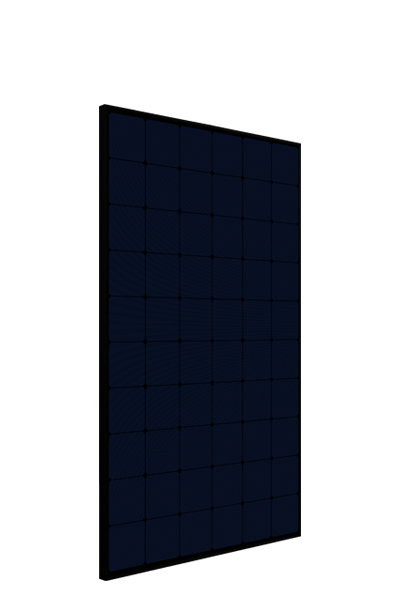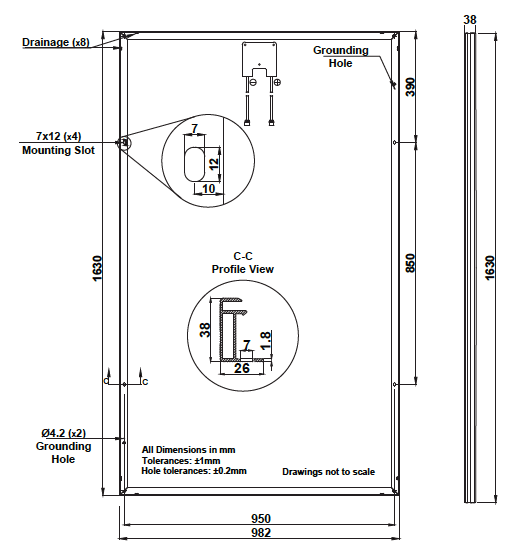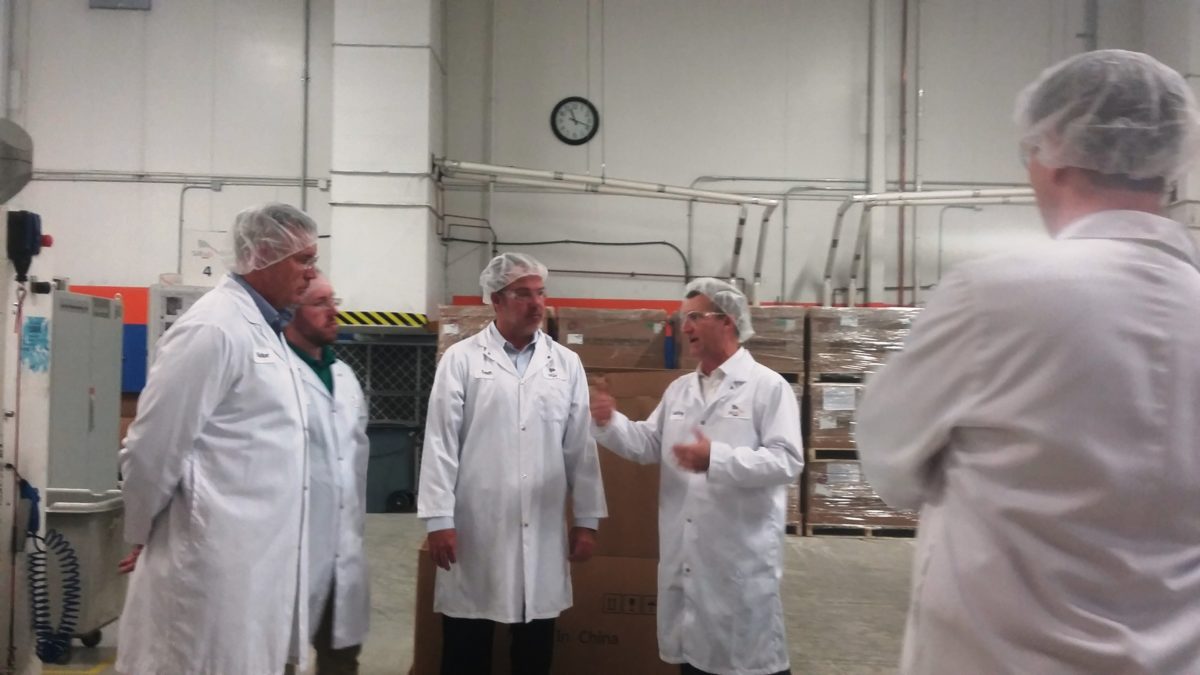The last few weeks have been big for module manufacturing in the United States. Not only have we received news of two U.S. factories coming online – JinkoSolar’s Florida factory and Hanwha’s new fab in Georgia – but this week pv magazine also learned that Canadian PV maker Silfab will make modules based on a metal wrap through (MWT) design in a 150 MW line in its factory in Bellingham, Washington. This is the first commercial-scale MWT manufacturing project in the United States known to pv magazine.*
Doubling in Washington
The expansion is at the module factory that Silfab bought from ITEK Energy last year in Bellingham, Washington. Silfab took possession the plant on October 1 and says that by November it had equipment being designed and placed in the building. The factory currently has an annual capacity of 200 MW and Silfab makes the same mono-PERC modules here as its factory in Ontario, with an emphasis on 60-cell modules.
In a call with pv magazine, Silfab has revealed that it is upgrading this factory to expand the production to 400 MW annually, and expects this new capacity to be online in April.
Metal wrap through coming to the United States

The company appears to be planning to make its SLA-MWT 320 module at the plant, and on the Silfab website it says that this product will be available this year.
This factory is being launched in partnership with Dutch conglomerate DSM, which makes backsheets among many other products, including specially designed backsheets for the metal wrap through modules that the factory will make.

Image: Silfab
Metal wrap through is a novel cell and module design, through which holes are drilled in cells and metal contacts are wrapped through, allowing electricity to be evacuated off the back of the cell. PV Evolution Labs CEO Jenya Meydbray says this allows manufacturers to make back contact products using front-contact cells.
“The technology is achievable; You can build it, it works,” Meydbray told pv magazine. But he also says that most of what manufacturers show off does not represent commercial capacity. “There have been many manufacturers that have a metal wrap through module that they showed at SPI,” he observes. “I don’t think I’ve ever seen a real commercial production line.”
Challenges & advantages
Meydbray describes multiple challenges to making MWT modules at scale, noting that the technology has not been cost-effective historically and that one module company based entirely on MWT technology, Advent Solar, folded nine years ago.
Additional process steps and costs, including that of laser processing of cells, are a primary challenge. “They are combining a number of non-trivial changes,” states Meydbray. “The result theoretically should be a great improvement in something. If it is a small, incremental improvement, I don’t know if it is worth the risks.”
But while Silfab’s Atkins maintains that the Section 201 tariffs were not a big driver of the new manufacturing plans, they provide a key advantage. “Blue wafers”, or semi-processed cells, are not subject to Section 201 tariffs. Therefore by doing the final cell processing to make MWT cells at a U.S. factory, Silfab can make modules that are not subject to tariffs either at the cell or module level. This is unlike other U.S. module makers which have to pay tariffs on the cells they import if they are in excess of a 2.5 GW exemption.
Correction: This article was corrected on March 22. An earlier version of this article stated that this would be the first commercial-scale application of MWT technology known to pv magazine. This was true of pv magazine USA staff, however pv magazine’s international team had earlier reported on the opening of a 1 GW MWT factory in China operated by Sunport Power. We regret the error.
Correction: This article was further corrected on April 26. We originally wrote that Silfab was planning to produce MWT at a factory in an undisclosed U.S. state, based on Silfab’s statements. We have since heard conflicting accounts and do not deem that information to be accurate.
This content is protected by copyright and may not be reused. If you want to cooperate with us and would like to reuse some of our content, please contact: editors@pv-magazine.com.









Thanks for this article. What is the estimated conversion factor of photons-to-DC electricity for these Silfab solar modules?
18.8% in NOCT, 20.0% under Standard Test Conditions: http://www.silfabsolar.com/sla-mwt-320/